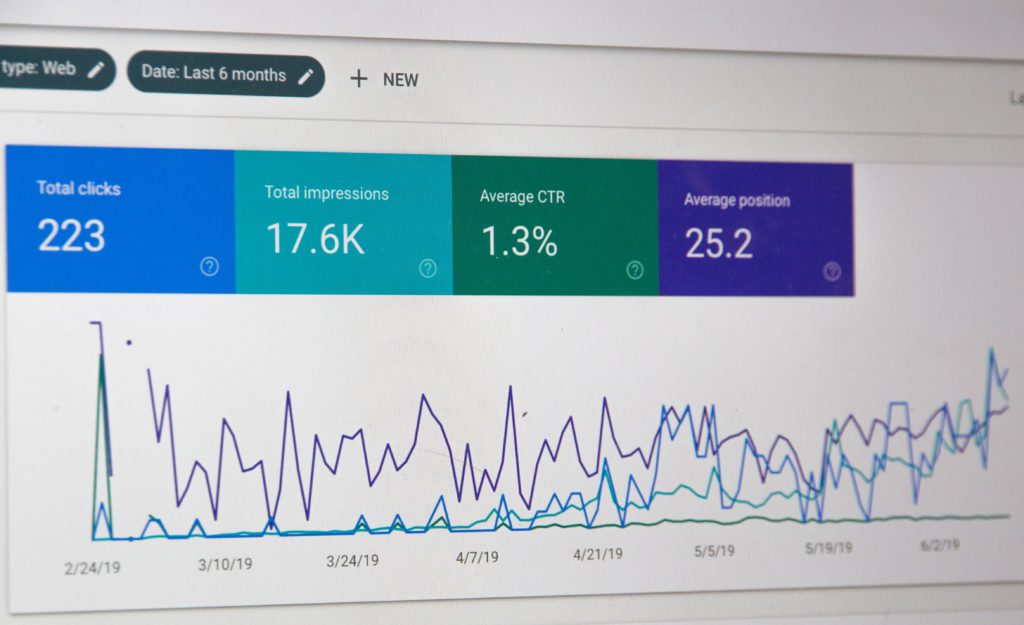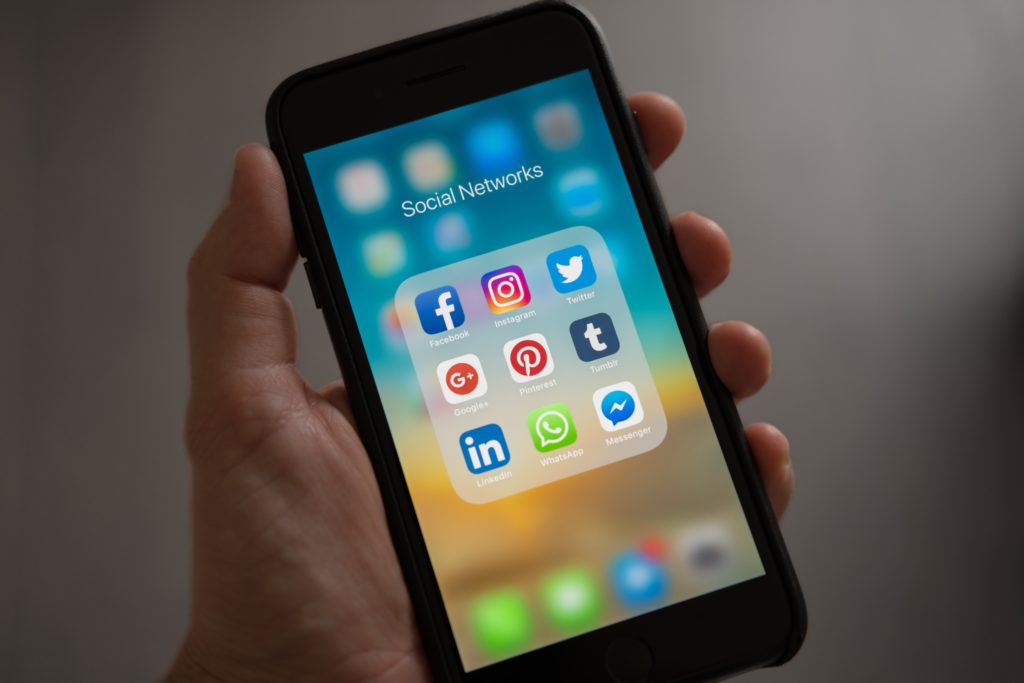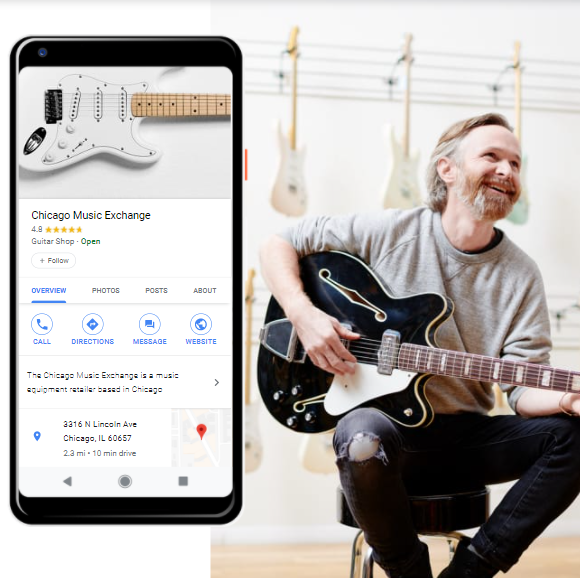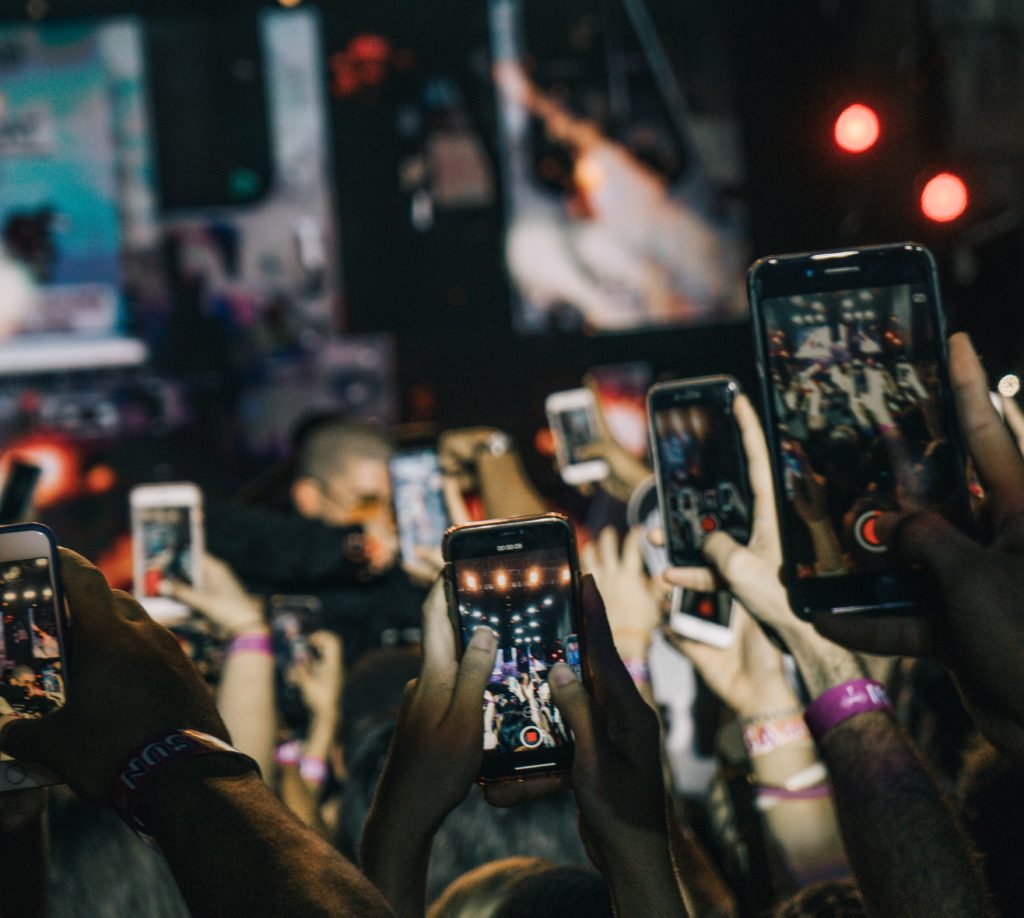
In retrospect, Pete Townsend seems a bit more of an oracle than a songwriter when he penned The Who classic “Going Mobile” in 1971.
A half-century later, there are upward of 5 billion unique mobile users worldwide, and 2.7 billion of them use smartphones, according to the digital-insights gurus at DataReportal. In the United States alone, the Pew Research Center estimates that 285 million residents will have a smartphone by 2023. Then there’s the oft-cited statistic released several years ago by the Mobile Marketing Association of Asia indicating that more people on the planet own a mobile phone than a toothbrush.
As disquieting as that information may be to the American Dental Association, the growing use of mobile isn’t going away and shows no signs of plateauing anytime soon. It’s a reflection of the changing on-the-go world, and every day more people are relying on their mobile devices as their window to view and stay in touch with the wider world wherever they may be.
All of this is why mobile marketing is essential to incorporate into the marketing strategy for any business. Your audience is no longer a static target. To reach them and get your message seen and heard, you have to meet them where they are at any given moment. There are a variety of ways to use mobile marketing, and often different methods are employed to meet different needs. Some of the most common strategies include:
- Mobile apps: Smart Insights reported 2020 saw 35 billion mobile app downloads. Companies that have mobile apps are primarily targeting existing customers through promotions and increased engagement to enhance retention and reward loyalty. Coupons and special deals can transform existing customers into brand ambassadors.
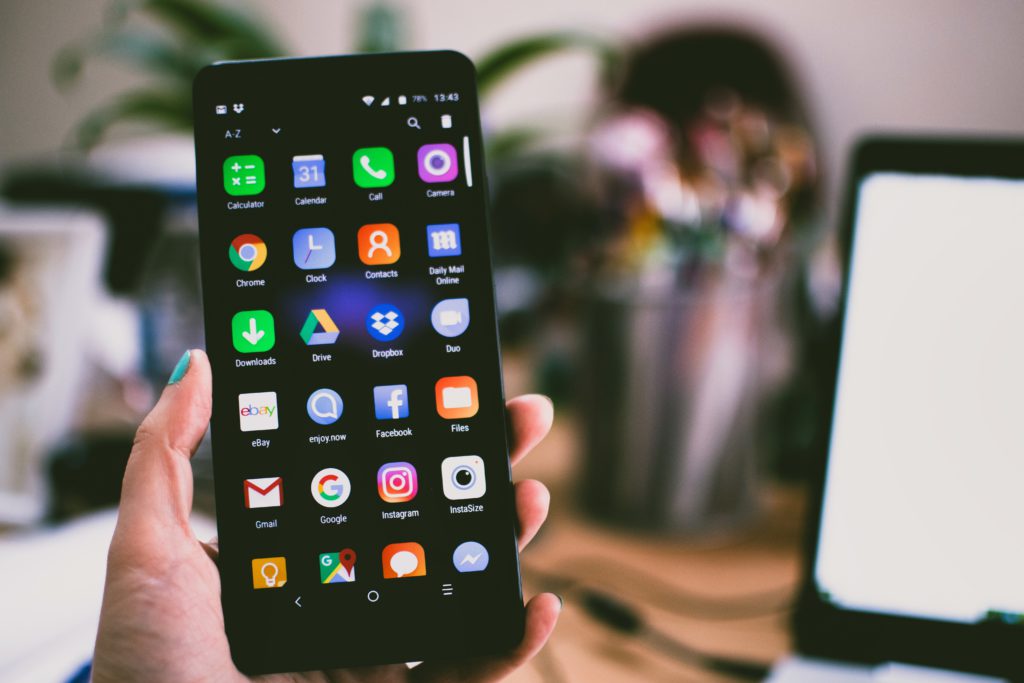
- Mobile game marketing: Mobile gaming is a booming business, with 2.7 billion gamers around the world at the end of 2020, according to Pocket Gamer. Additionally, an average of 234 daily minutes spent gaming is anticipated by 2021. Advertising appearing in mobile games through pop-ups and banner ads is an exceptional way to promote new products or deals.
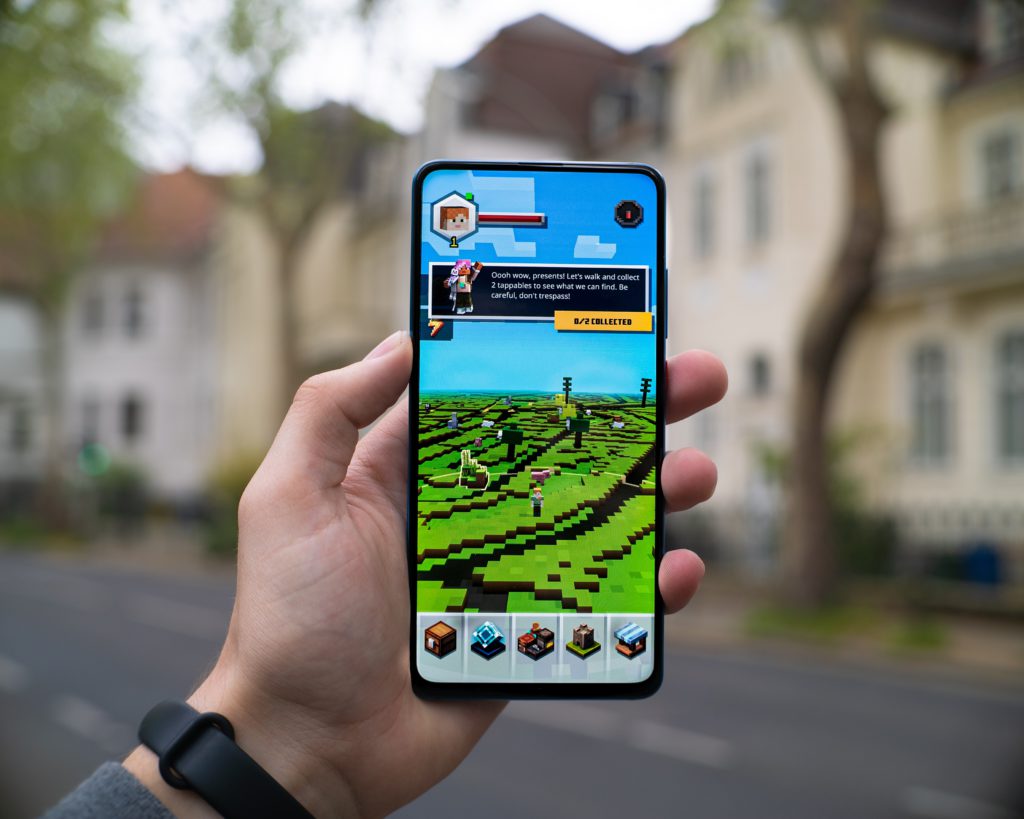
- Location marketing: Location-based marketing strategies such as geofencing and geotargeting puts your business in front of an audience at a predetermined location. Location marketing is an ideal tactic for small businesses seeking to target a particular audience in a specific community.
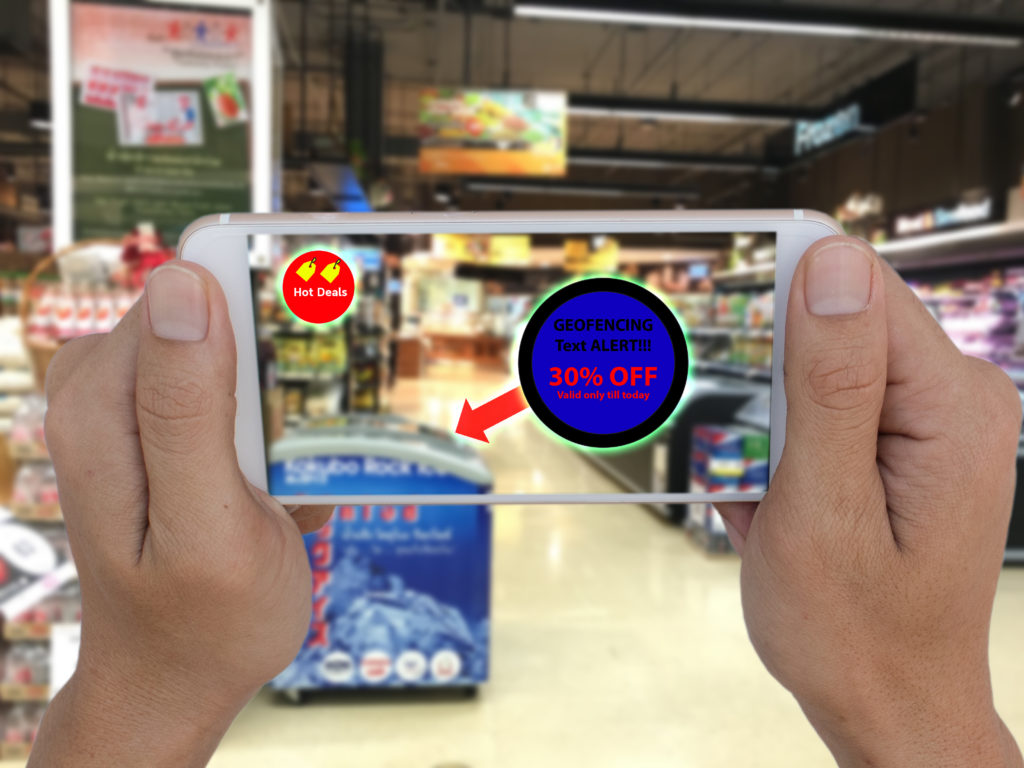
- QR codes: Quick-response codes work with any camera-equipped smartphone and provide a wealth of data from text to URL links, sending consumers directly to whatever information a business is looking to put in front of eyes.

There is a plethora of other mobile marketing avenues that can be explored to meet the distinct objectives of a business of any size. It’s important to experiment with different approaches and then analyze and benchmark results to see what works best for you. However, being succinct in your message is key. Mobile devices have small screens, so make your message count in a low word-count to have the biggest impact.
SaveOn can keep you moving to reach your audience at any place and any time. Find out more about how we use mobile marketing to help our clients obtain a higher level of success by visiting saveon.com.


